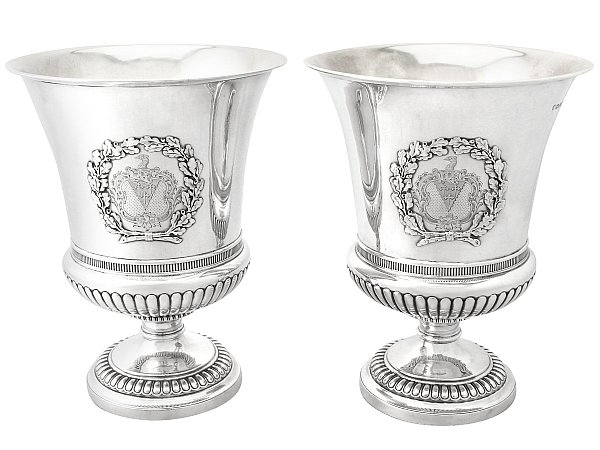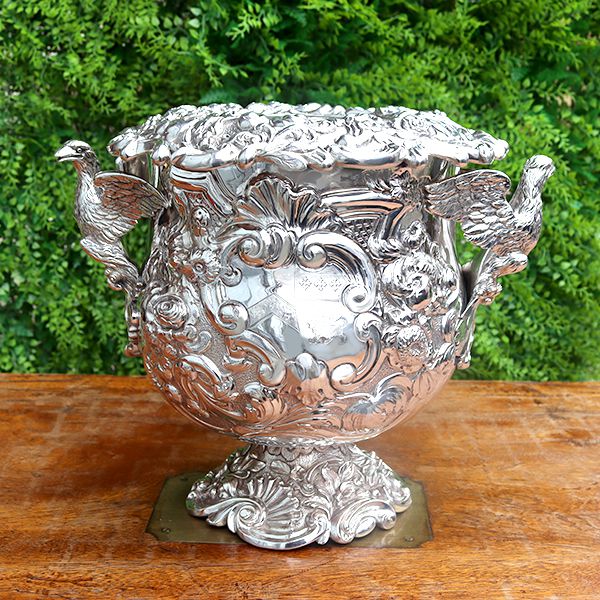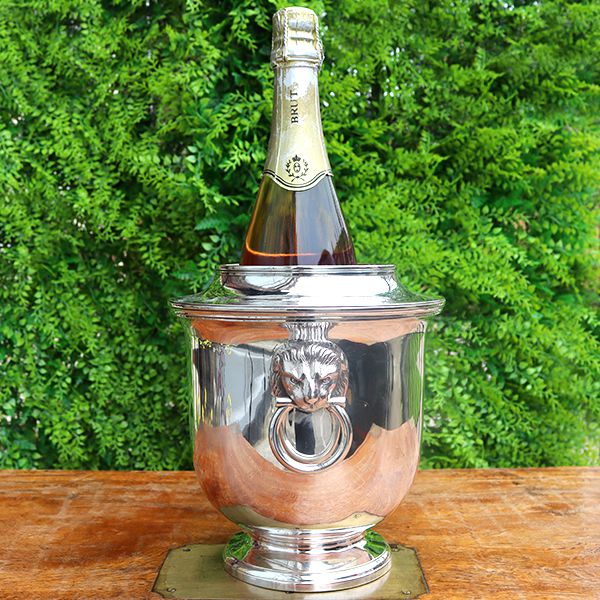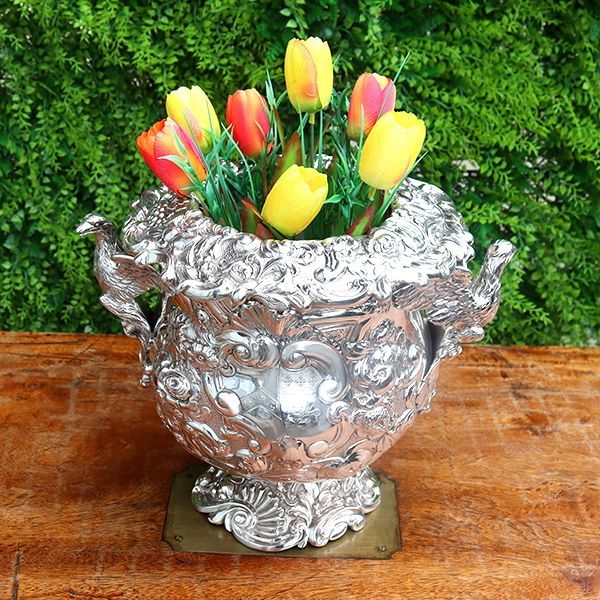Wine Cooler History
History of Wine Coolers
So where did wine coolers derive from? The idea of keeping wine and beer cool is not new. It is believed snow and ice from mountains and lakes were used by ancient Egyptians, Greeks and Romans. It would be a long time before the wine cooler was officially introduced.
Goldsmith-banker Henry Jernegan (Jerningham), of Russell Street, commissioned the original wine cooler in London in 1734–1735. His client, Littleton Poyntz Meynell, desired the largest ever wine cistern to be made.
John Michael Rysbrack, a sculptor, was tasked with including Bacchanalian scenes, crouching panthers and satyr handles on the bowl. Four years later, a team of silversmiths, chasers and engravers completed it. When asked to pay the bill Meynell refused so Jernegan offered it as a lottery prize in 1737.
Whilst the original and some others were made before the 1770s, most were produced from the late 18th to early 19th century. They gained more popularity with refrigeration being invented, meaning ice was frequently transported. They started being used for parties. Subsequently they became synonymous with hospitality. They are still used in the industry today throughout bars, restaurants and hotels.
What Are Wine Coolers?
As the name implies, wine coolers were created to keep wine cold. They are filled with ice and topped up with water, holding a bottle of wine and keeps it chilled whilst dining. The wine will chill in around 15-20 minutes in the wine cooler; much faster than leaving it to refrigerate. You might be thinking surely its easier and more common to use ice cubes to cool drinks. Yet they tend to dilute the taste when put in wine and thus wine coolers are used to prevent this.
Typically, wine coolers were comprised of three parts: the body, the liner and the collar. However, the collar and liner were combined to one piece early in the Victorian period. When used, the condensation would cause them to become slippery, thus requiring handles. If sold without their liner or collar, as some Sheffield silver wine coolers have been, they are less valuable but can make attractive flower vases. Many are based on the vase or bucket shape, specifically The Warwick Vase, where wine coolers were made from reduced versions of this design.
Silver Wine Cooler Designs
Capable of serving as both a functional and aesthetic piece, designs of wine coolers varied. Regency coolers of Rundell, Bridge & Rundell, featured classical motifs. The decoration was protected by the silver gilt they were made from. The less elaborate designs were made from Sheffield plate. Most have remained high quality, except for some removal of coats of arms. More naturalistic decoration can be found on Victorian wine coolers. Collectors will favour elaborate designs such as classical scenes; the crest may be on the collar rather than the body.
If you’re wondering about the purity of the silver, who made the wine cooler and when, you should refer to the hallmarks. Markings are generally found on the underside of the body. The wine coolers should either be marked with the lion passant, makers mark and duty mark (after 1794) or with a full set of marks aside from the town mark. Checking for signs of any faded coat of arm is important too.
There is some confusion around the term wine cooler because a wine cooler in America is actually an alcoholic beverage. Typically, a wine-based cocktail, usually made from fruit juice sugar and carbonated water. A champagne bucket or ice buckets are essentially buckets containing ice used to cool bottles of wine. So, they are serving the same purpose, known by a different term.
Whatever term you recognise it as, the wine cooler satisfies the need to keep wine chilled without losing its flavour. As well as maintaining longevity as a high-quality decorative silver centrepiece or vase instead.






